In light of recent policy proposals in the District, what is the value of the geographic-based (neighborhood) school enrollment model, and has this model’s benefits been eclipsed by the alternatives that open-enrollment (school choice) models offer families?
Their responses are fascinating — ranging from support of neighborhood schools to criticism of choice models overly simple in nature. Join the conversation: You’re seated at the Field Day blog roundtable.
_______________________________________________________________________________________
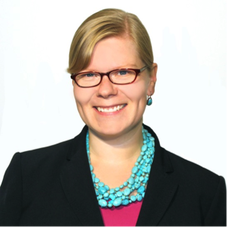
Halley Potter
Policy Associate at The Century Foundation
For me, “neighborhood” conjures an image of Mister Rogers’ Neighborhood: blocks of brightly colored houses filled with a diverse community of people that cooperate with one another. But many neighborhoods across the U.S. are highly segregated by race and class, and the number of Americans living in neighborhoods with concentrated poverty is on the rise. As a result, the neighborhood school model is problematic.
Let’s look at what’s happening locally. Under one of the proposed choice plans, families would have chosen from among several local elementary schools rather than having guaranteed admission to a single school. One “choice cluster” in Capitol Hill, for example, would have contained both Brent Elementary and Tyler Elementary. The two schools are less than a mile apart, but their demographics are strikingly different: Brent is 11 percent low-income, compared with 99 percent at Tyler. Under the choice plan, there would have been new potential to balance enrollment — moving toward two mixed-income schools instead of one affluent, one poor.
The proposed plans weren’t perfect, but still, it’s disappointing that the mayor’s choice proposals have been taken off the table. They could have been a step in the right direction toward more integrated schools in the District.
For example, in communities such as Cambridge, Mass., and Champaign, Ill., a system of “controlled choice” across a district eliminates attendance boundaries and instead assigns students to schools based on parents’ ranked preferences, balanced with an algorithm to make sure that schools are demographically similar. Schools that are struggling academically get extra support to institute new magnet themes, such as Montessori or STEM programs, to help attract families. Most families get one of their top choices, and schools are much more socioeconomically and racially integrated than they would be under a neighborhood enrollment plan.
Moving forward, D.C. residents should push for enrollment policies like these that promote choice and equity. School choice, more than a neighborhood school model, has the potential to create socioeconomically and racially integrated schools by drawing together students from across an area. Unchecked choice can lead to increased segregation when access to information is unequal, schools intentionally target homogeneous populations, or there are not enough strong choices. But when choice policies are implemented with clear goals for diversity and mechanisms for balancing enrollment, school choice can promote equitable educational opportunities for all students.
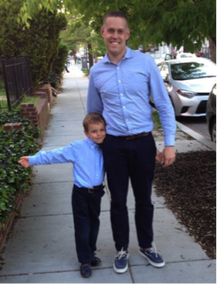
Andy Rowe
Parent; Washington, D.C. resident; member of the Chancellor’s Parent Cabinet in District of Columbia Public Schools
Neighborhood schools are the best way to knit D.C. neighborhoods together. They are one of the few places where people who live next to each other without having to engage are provided the opportunity to do so for the benefit of their children and their neighborhoods.
The reality is that we can all live in a city where we have minimal engagement with each other as individuals, parents, and families. We don't even have to engage with our neighborhood schools to educate our children. However, if we hope to build an integrated city, the place to begin is at the neighborhood school, where parents — who are otherwise unlikely to come together — can work in sync to benefit their children, develop bonds, and collaborate outside of schools.
These opportunities make it possible to build strong communities that can reach beyond schools and into parks, recreation centers, libraries, and the halls of the D.C. Council and the mayor’s office. I know this to be true from my experience at Powell Bilingual Elementary School, where we have a growing group of multiethnic, multilingual parents from a number of backgrounds sorting out differences and working together in ways usually not found outside of neighborhood schools. By coming together, we successfully fought for a major school modernization that will help make Powell a neighborhood institution. Further, our nucleus of active parents is working to build neighborhood middle school and high school options for our children and to enrich the social fabric of our neighborhood.
Neighborhood schools enable parents like myself to translate love for our children and willingness to engage with our neighbors into local social capital. From getting to know your neighbors’ kids to reaching across divides of race, class, and language, these bonds not only cultivate meaningful social ties, but strengthen neighborhood families’ ability to advocate for education dollars. If neighborhoods matter to you, so should neighborhood schools.
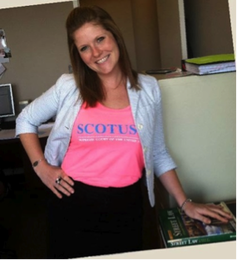
LeighAnn M. Smith
Juris Doctor Candidate, The George Washington University Law School
Former Teacher, Baltimore City Public Schools
Taken at face value, school choice models are attractive. They provide families with better options and (theoretically) assist integration of classrooms across lines of race and class. After some examination, however, it is clear that not all choice models yield both of these results. The absence of controlled choice options justifies D.C. parents’ reluctance toward recent school enrollment plans, and it raises the question of whether our children have actually been offered the best solutions.
As Ms. Potter suggests, there are districts that operate controlled choice models — with the best results necessitating careful calculations (even incredibly complicated ones). In contrast to these models, D.C.’s two remaining proposals involve a simple “lottery” system. In order to effectively improve student opportunity to quality schools via integrated classrooms, the lottery model needs to go beyond luck-of-the-draw and be controlled to consider factors such as family income and neighborhood composition, at the least. Therefore, the details of any such lottery would be as important as the existence of the choice model itself in ensuring diversity.
Which leads us to the most important point: An uncontrolled choice model may not result in a better school selection for students and families. This is, of course, based on the premise that integration itself isn’t the magic wand — but the more equitable distribution of resources that integration promotes very well could be. Thus, if the choice models given cannot effectuate an equitable distribution of resources, perhaps more drastic change to the neighborhood schools can yield results. One of the PK-8 schools where I taught in Baltimore City uses a version of the community school model, bringing resources and services to children and families through partnerships with outside organizations. The beauty of such model is it fulfills the greater needs of students and families while still allowing them to be down the street. Proximity helps to build the community that Mr. Rowe speaks of: Students can stay later after school, and teachers can stop by and drop off work or do a report card conference at home.
Perhaps D.C. parents are right — the uncontrolled choice options before us, left unchecked, may not be the right ones for their children. And if a school-wide shuffling and selection model isn’t done right, perhaps we are better off strategically devoting resources to the schools that need it most.
_______________________________________________________________________________________
What do you think? Engage these bloggers or share your own perspective on school enrollment models in the comments below.
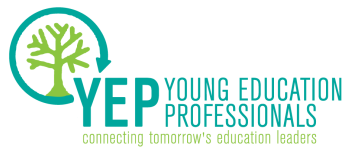
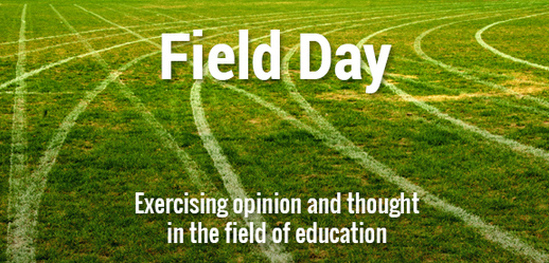
 RSS Feed
RSS Feed